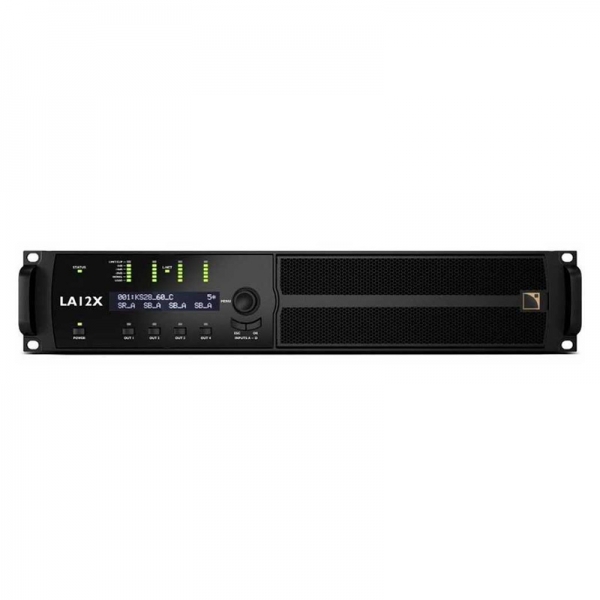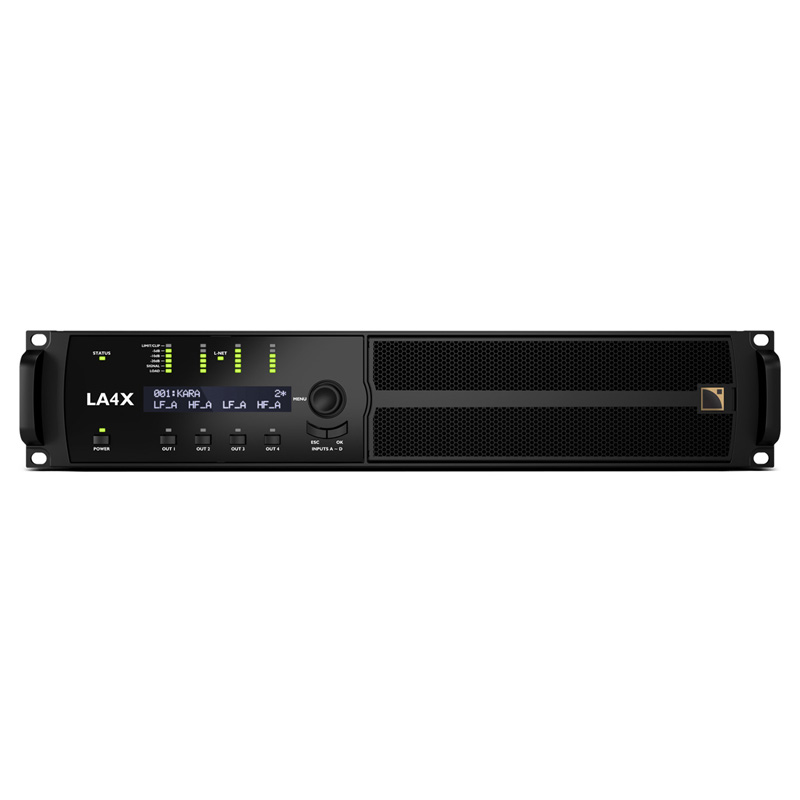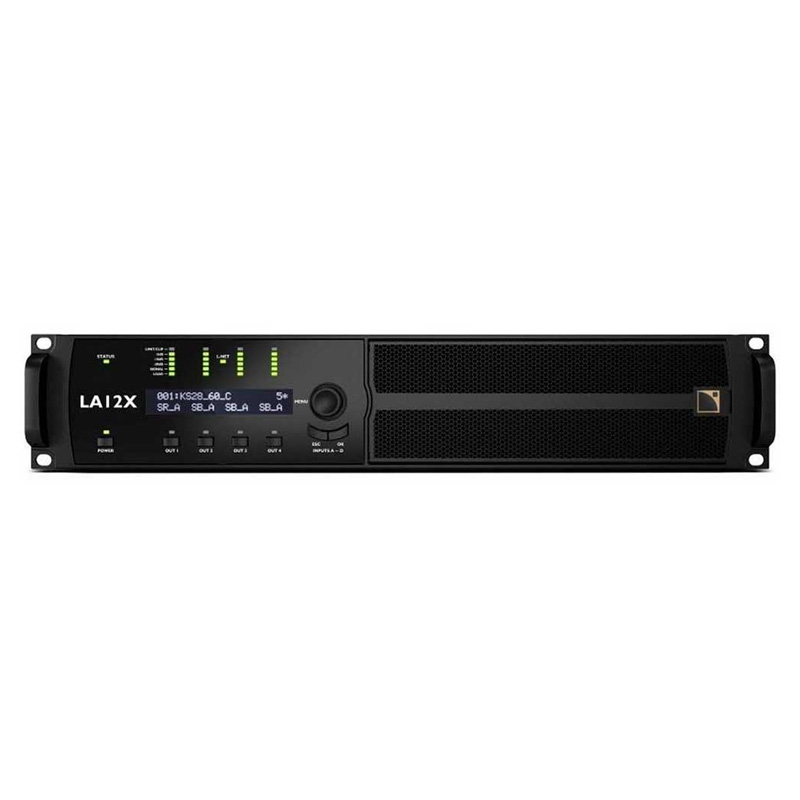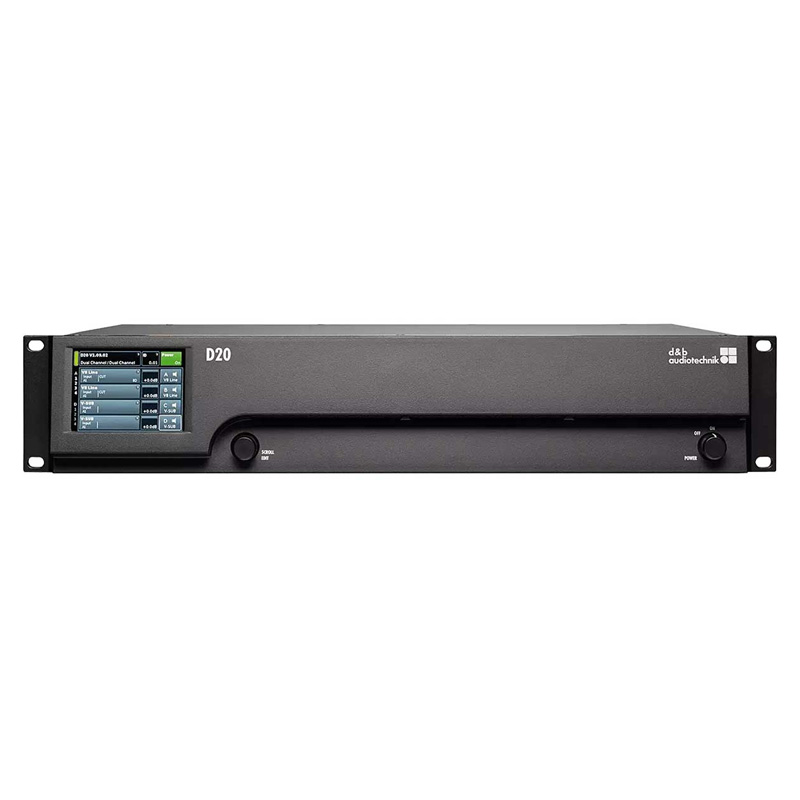Audio amplifiers-make small signal bigger!
25 January 2023

 |
|
The signal is a function that conveys information about a phenomenon. Any quantity that can vary over space or time can be used as a signal to share messages between observers. Audio amplifiers, devices that are used to increase the power, current, or voltage of a signal, are essential to any hi-fi system. They are usually used in electronic devices, such as television and radio receivers, music and audio equipment in, for example, theatrical and concert sound reinforcement systems, and domestic systems such as a stereo or home-theatre system and computers to increase the amplitude of a signal. Power amplifiers are available in standalone units, which are used by hi-fi audio enthusiasts and designers of public address systems (PA systems) and sound reinforcement systems.
How do the audio amplifiers work?
Amplifiers work by increasing a small input signal to deliver a larger output signal. by taking power from a power supply, the amplifier takes tiny electrical signals that contain musical frequencies and amplitudes and increase their strength, which means that increases the output to match the (relatively low-power) input signal. In the case of power amplifiers, this increases the power enough to drive speakers back and forth to generate waves, air pressure variations.
|
 |
|
3 categories of audio amplifiers
Taking into consideration types of applications and signals, there are different audio amplifiers design used. The broadest division puts amplifiers into three categories:
The main differences between different categories can be found in different design approach which depends on the physical limitations of the components used to implement the amplifier and also efficiencies.
Furthermore, there are many types of amplifier classes, including Class A, Class B, Class AB, Class D, and more. These classes are descriptions of the amplifier's topology, i.e. how they function at a core level.
Amplifier Class is the system for combining power and signal. The class differs from amplifier to amplifier with efficiency and sound fidelity dependent on which design gets used. In all designs, banks of output transistors, each a little amplifier by itself, add their collective power together to provide the amplifier's final output.
Key design parameters for audio power amplifiers are frequency response, gain, noise, and distortion. These are interdependent; increasing gain often leads to undesirable increases in noise and distortion. While negative feedback reduces the gain, it also reduces distortion. Most audio amplifiers are linear amplifiers operating in class AB.
To sum it up, the main goal of audio amplifiers is to reproduce input audio signals at sound- producing output elements, with desired volume and power levels—faithfully, efficiently, and at low distortion. They are a must-have piece of equipment for professionals in many fields related to sound and audio, as well as for any music lovers who want to improve their sound.
|
 |
